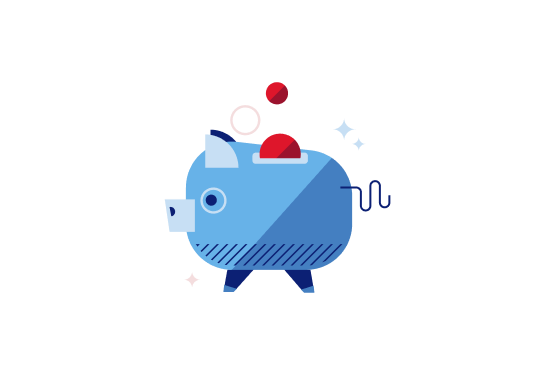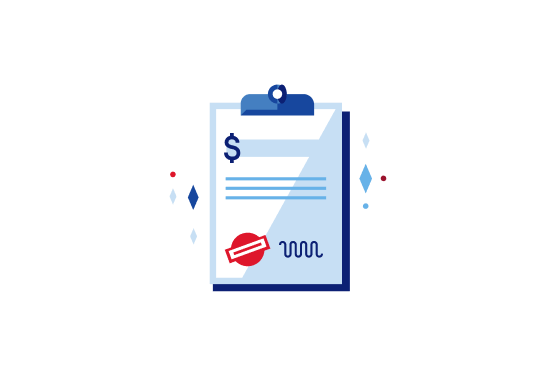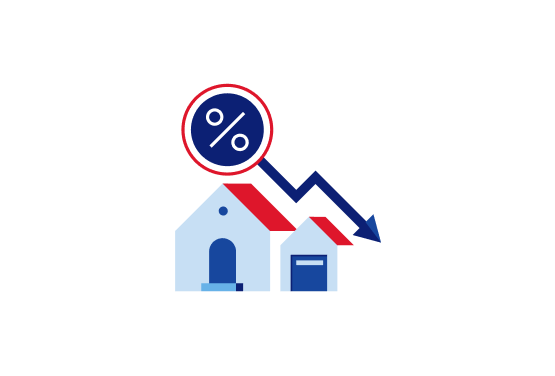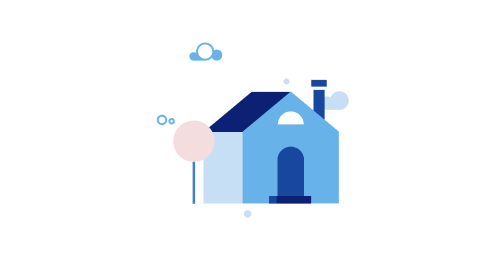Credit score
Your credit score helps determine the rate you’ll get. When it comes to refinancing, the higher your score, the better. If you’re a U.S. Bank customer, you can check your credit score for free with our tool.

FDIC-Insured - Backed by the full faith and credit of the U.S. Government
Cash-out refinancing is a type of mortgage refinancing that allows you to convert your home equity into cash. It replaces your existing home mortgage with a new, larger loan, and at closing, pays you the difference between the new mortgage amount and the balance on your previous loan.
So if the remaining balance on your mortgage is $150,000 and your home is worth $250,000, you have $100,000 in equity. You could refinance your mortgage for $200,000 and receive $50,000 in cash at closing. You can use the funds for things like home improvements, paying off debt or other financial needs.

Use the equity in your home to pay for home improvements, college tuition or a down payment on a second home.

Use the money to pay off high-interest debt, such as credit cards, personal loans and auto loans.

Choose from a variety of loan options to find one that matches your financial goals.
Conventional fixed-rate refinance loans
No interest rate changes
FHA refinance loans
Lower credit score requirements
VA refinance loans
Option to make $0 down payment for military members
The rates shown are current as of $date.

When it comes to refinancing, a cash-out refinance isn’t your only choice.
A traditional refinance is a low-cost option that can lower your monthly payment or allow you to pay off your home sooner.
See how much you could save with our mortgage refinance calculator.

If you’re thinking about a home improvement project but aren’t sure of the cost, we’re happy to help. Just answer a few quick questions and we’ll give you a personalized estimate based on the average cost of labor and materials where you live.
A cash-out refinance allows you to refinance your mortgage and borrow money at the same time. You apply for a new mortgage that pays off your existing one (and any liens on your property) and withdraw a portion of your home’s equity as a lump sum.
No. The cash you collect from a cash-out refinance isn’t taxed. The money you receive is essentially a loan you are taking out against your home’s equity, and is not considered income.
A cash-out refinance typically takes 30 to 45 days to complete. However, the length of time may vary depending on the size of your property, how complicated your finances are and how long it takes to complete your appraisal and inspection.
A cash-out refinance lets you negotiate new mortgage terms, and at the same time, borrow funds for one-time expenses. A home equity loan allows you to borrow against the equity in your home and pay it back with a steady repayment schedule. Choosing a cash-out refinance or home equity loan comes down to the terms that are best for you and your situation.
A VA cash-out refinance is specifically designated for active or retired members of the military and eligible surviving spouses. It’s a government-backed loan that allows you to replace your current mortgage with a new one under different terms and also borrow cash from the equity in your home. It comes with additional benefits too, like low or no equity options, no mortgage insurance requirement and flexible qualification guidelines.
An FHA cash-out refinance differs from a conventional cash-out refinance in that the Federal Housing Administration insures your new mortgage. With mortgage insurance, your lender is protected against any loss if you fail to pay your mortgage. And because lenders take on less risk, they’re able to offer you more options. Other benefits include a consistent rate and flexible qualification guidelines for qualified borrowers.

Knowing your refinancing options is key to gaining the maximum benefit from your decision. Learn what you should keep in mind.

At the right time, refinancing your mortgage could save you money, help you pay off your home faster or unlock the equity in your home.

The process of refinancing is similar to when you first applied for your mortgage. Take a look at how it works so you know what to expect.